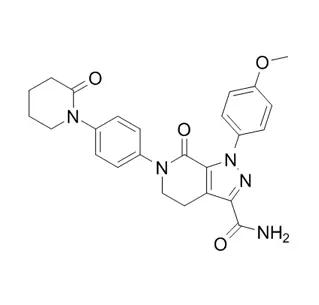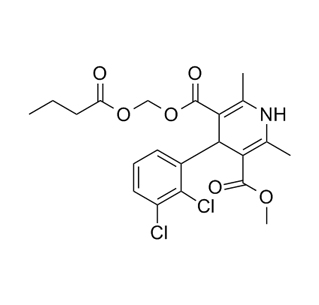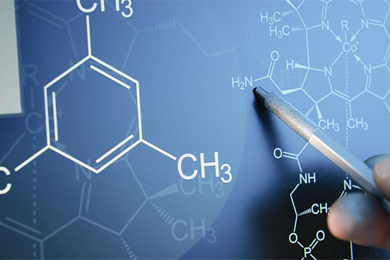
Search

Search

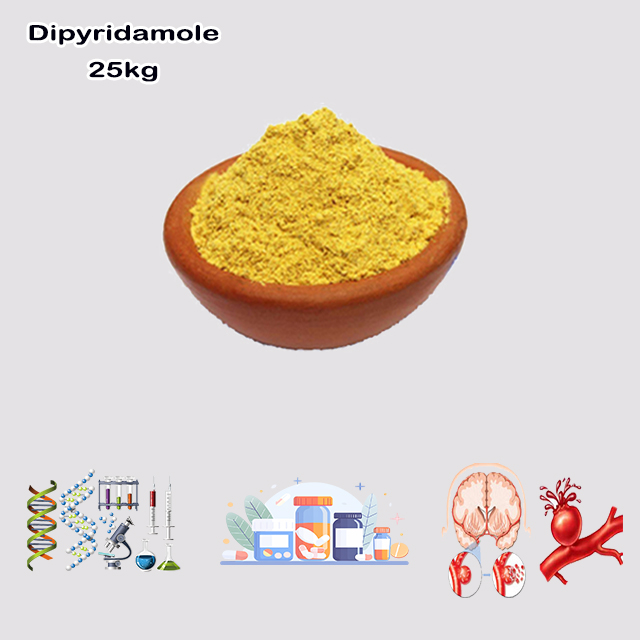



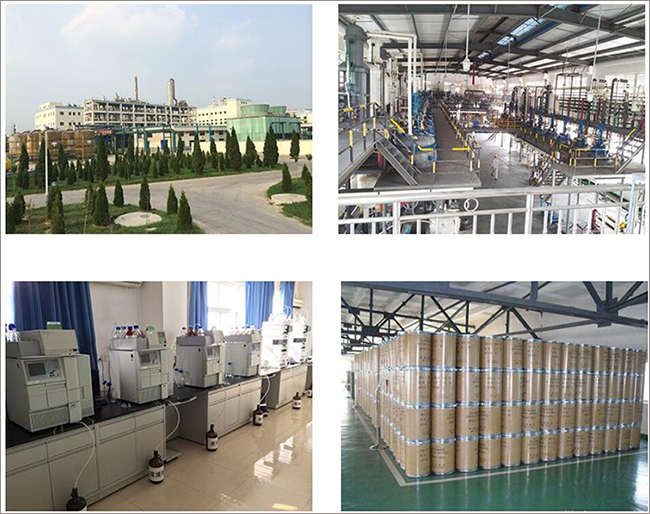





Dipyridamole is a coronary vasodilator used to treat angina, myocardial infarction, etc.
Dipyridamole can strongly inhibit phosphodiesterase, activate adenylate cyclase, and increase the level of cAMP in platelets, thereby inhibiting platelet aggregation; It can also enhance the effect of prostacyclin, inhibit thromboxane A synthesis, stimulate prostacyclin release, and prolong platelet life, and strongly inhibit platelet adhesion.
| Item | Specifications | Results |
| Appearance | Bright yellow crystalline powder | Conform |
| Loss on drying | ≤0.5% | 0.07% |
| Assay | 98.0% - 102.0% | 100.0% |
| Product parameters | |
| Cas number: | 58-32-2 |
| Appearance: | Bright yellow crystalline powder |
| Purity: | 98.0% - 102.0% |
| Package details: | 25kg/drum |
| Brand: | Fortunachem |
Dipyridamole is a complex organic compound belonging to the class of pyrimidopyrimidines. Chemically, it is a nucleoside transport inhibitor and a phosphodiesterase inhibitor, but its most prominent modern use is as a pharmacological stress agent and an antiplatelet drug.
IUPAC Name: 2-{[2-(Bis{2-[2-(hydroxyethoxy)ethyl]amino}-4,8-di(piperidin-1-yl)pyrimido[5,4-d]pyrimidin-6-yl)amino]ethoxy}ethanol
Molecular Formula: C<sub>24</sub>H<sub>40</sub>N<sub>8</sub>O<sub>4</sub>
CAS Number: 58-32-2
The structure of Dipyridamole is quite intricate, but it can be broken down into several key features:
Core Structure: A pyrimido[5,4-d]pyrimidine ring system. This is a fused, heterocyclic aromatic system, meaning it's a flat, ring-shaped structure containing nitrogen atoms. This core is central to its biological activity.
Lipophilic (Fat-Soluble) Groups: Attached to the core are two piperidino groups (piperidin-1-yl). These are ring structures containing nitrogen. They make the molecule fat-soluble, which is important for its absorption and distribution in the body.
Hydrophilic (Water-Soluble) Groups: Attached on the other side are two long, flexible hydroxyethoxyethylamino side chains. These chains, ending in hydroxyl (-OH) groups, provide water-solubility. This combination of lipophilic and hydrophilic parts makes Dipyridamole an amphiphilic molecule.
Simplified Structural Diagram:
(Piperidino Group) (Piperidino Group)
\ /
Pyrimido[5,4-d]pyrimidine Core
/ \
(Hydroxyethoxyethylamino Chain) (Hydroxyethoxyethylamino Chain)
Appearance: Dipyridamole is a bright yellow, crystalline powder.
Solubility: It is poorly soluble in water but soluble in dilute acids, methanol, ethanol, and chloroform. Its solubility is a direct result of its amphiphilic structure.
pKa: It is a weak base.
Dipyridamole's effects are primarily due to its interaction with key enzymes and transporters:
Inhibition of Phosphodiesterase (PDE):
Dipyridamole inhibits several PDE enzymes, particularly PDE5.
PDEs normally break down cyclic adenosine monophosphate (cAMP) and cyclic guanosine monophosphate (cGMP).
By inhibiting PDE, Dipyridamole increases the levels of cAMP and cGMP inside platelets and vascular smooth muscle cells.
Inhibition of Adenosine Uptake (Nucleoside Transport):
It blocks the cellular reuptake of adenosine, a natural vasodilator (blood vessel widener).
This leads to increased extracellular adenosine levels.
Net Effect: The increased levels of cAMP, cGMP, and adenosine work together to:
Inhibit Platelet Aggregation: High cAMP/cGMP in platelets prevents them from clumping together, acting as a "blood thinner" (antiplatelet effect).
Cause Vasodilation: The elevated adenosine and cGMP cause coronary arteries (the arteries of the heart) to dilate.
Pharmacological Stress Testing: This is its most common use. In myocardial perfusion imaging (a heart scan), Dipyridamole is injected to dilate the heart's arteries. Healthy arteries dilate significantly, while blocked or narrowed arteries cannot. This creates a visible difference in blood flow on the scan, helping to diagnose coronary artery disease.
Antiplatelet Therapy: It is used in combination with aspirin (e.g., in Aggrenox®) to prevent stroke in patients who have had a transient ischemic attack (TIA) or a previous stroke. The combination is more effective than aspirin alone for this specific indication.
Prevention of Blood Clots: Sometimes used in combination with warfarin after heart valve replacement surgery.
The chemical synthesis of Dipyridamole is a multi-step organic synthesis process. It typically starts with simpler molecules like barbituric acid, which undergo a series of reactions including chlorination, nucleophilic substitution (with piperidine), and further modifications to attach the long hydroxyethoxyethylamino side chains. The process requires careful control of temperature, reagents, and purification steps.
In conclusion, Dipyridamole is a synthetically derived, complex organic molecule whose specific chemical structure allows it to interact with key cellular enzymes and transporters, leading to its primary effects of vasodilation and inhibition of platelet aggregation.



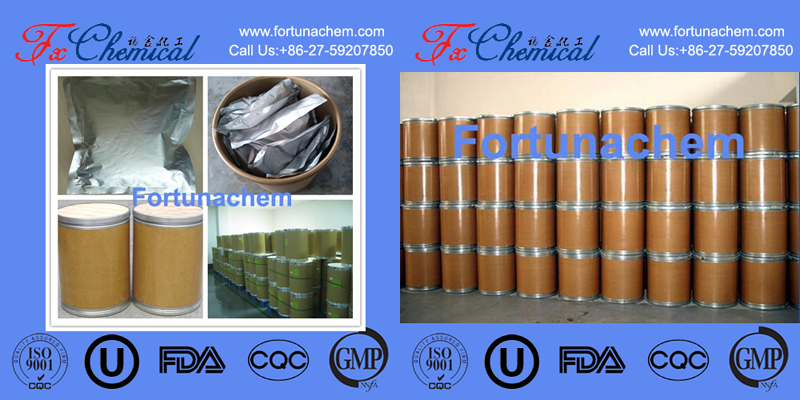
Guaranteed the purity
High quality & competitive price
Quality control
Fast feedback
Prompt shipment


Fortunachem Provides Not Only Professional Chemical Products But Also Professional Help
Keeping you up-to-date with all the latest information, news, and events about Fortunachem!

Quick Links
Add:
E-mail:
 English
English  Español
Español  français
français  العربية
العربية 